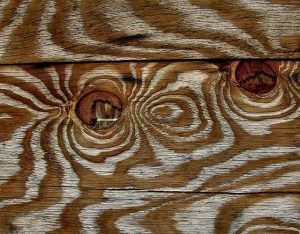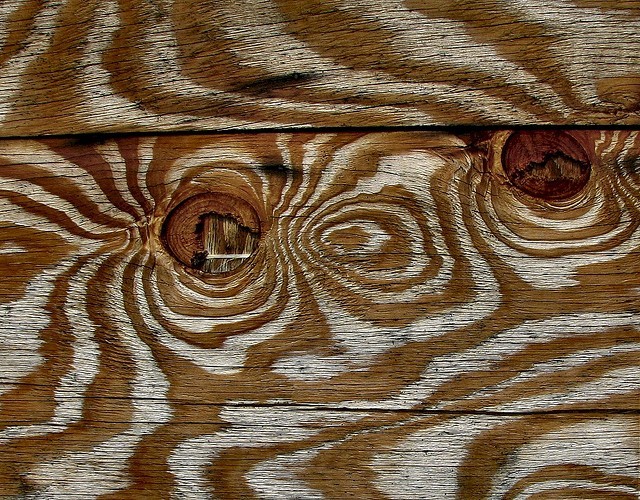Physical and Aesthetic Properties of Plywood Grains
To observe plywood’s physical and aesthetic properties, we must know is a composite material that is made by gluing several plies of wood together. The meshing of the plies of the wood is done systematically, keeping in mind the direction of the grains of the individual plies.
During making plywood, it is closely monitored that each ply placed on top of the other has a grain direction perpendicular to the one above and below it. The reason for this is that having the plies arranged in this fashion increases the overall strength of the composite material. Having the grains of individual plies perpendicular to each other provides direction strength to the material.
Physical Aspects
From a physical point of view, the plywood grains have an effect not only on the strength of the plywood but also on how easy it is to work with it and how easy it is to finish it. The alternative perpendicular grain direction of the plywood helps it maintain the original strength and stiffness of the wood but also provides it a capacity to withstand higher shear forces.
Thus, plywood with alternatively perpendicular grain direction is considered the strongest among all types of plywood.
Moreover, plywood having such grain direction is also very easy to finish and can be easy to work with as well. You only need to use the right tools, and the plywood will be easily transformed into any shape and form you want.
The physical aspects of plywood grains used in other types of plywood might change depending on the tree species to which the individual ply belongs. The reason for this is that each tree species has its grain direction and properties that are unique to it.
Aesthetic Aspects

From an aesthetic point of view, the plywood grains impact the end grain finishing of the plywood items. It is usually observed that the face grain of the plywood is always fairer in color while the end grain is darker.
The reason for this is that the end grain of the plywood absorbs much more of the fluid and other moisture content than the face grain resulting in a dark texture for the end grain. However, there are methods available that can help you make the end grain almost as fairer as the face grain.
Covering or Staining Edges
The biggest reason why the end grain is darker than the face grain is because of its open pores, which soak up the glue and liquid used to stain inside the wood and give the end grain a darker color. To eliminate this issue, covering the edges is one method that can prevent the liquid from seeping through the end grain. Another method is to make use of gel stains. A gel stain has a thicker concentration than normal, so it does not penetrate the wood. The result is a same texture for both the face and end grains.




